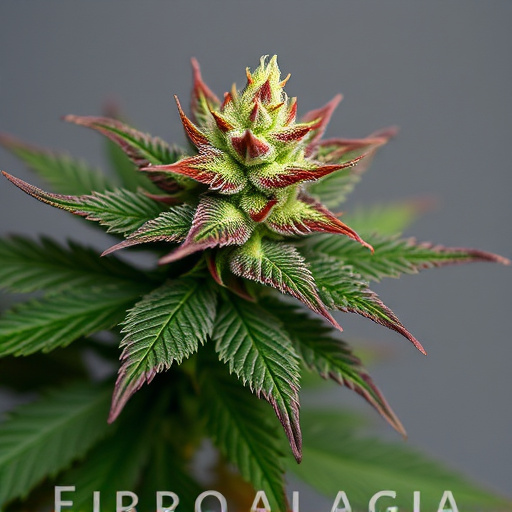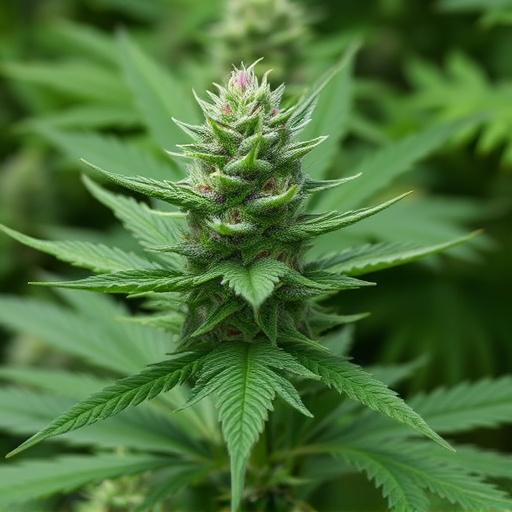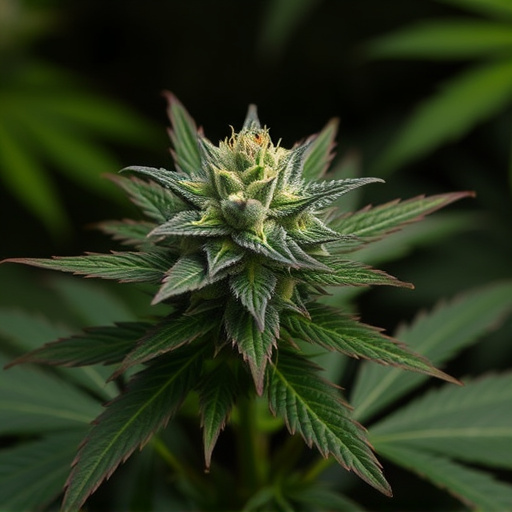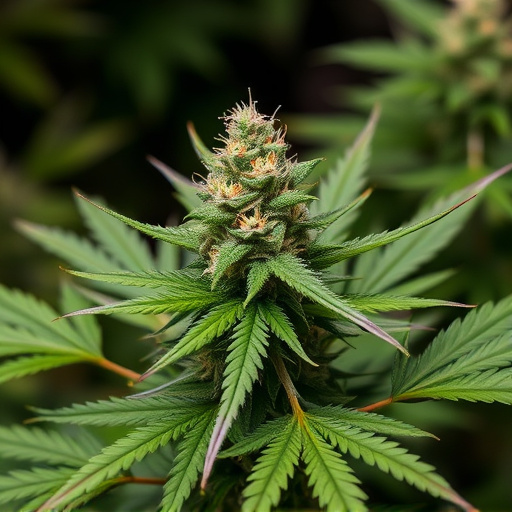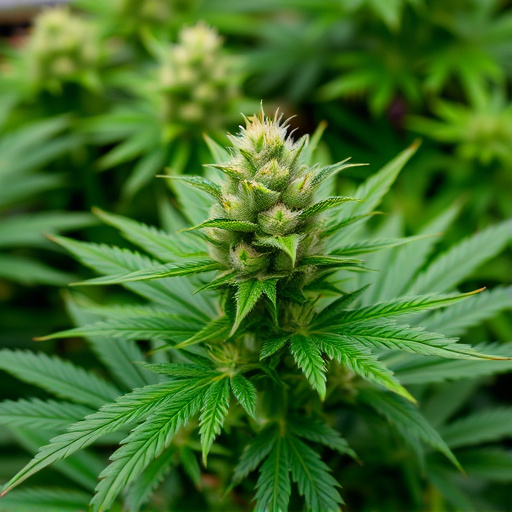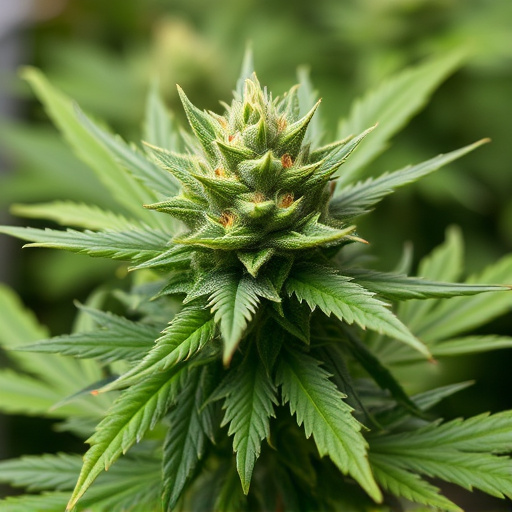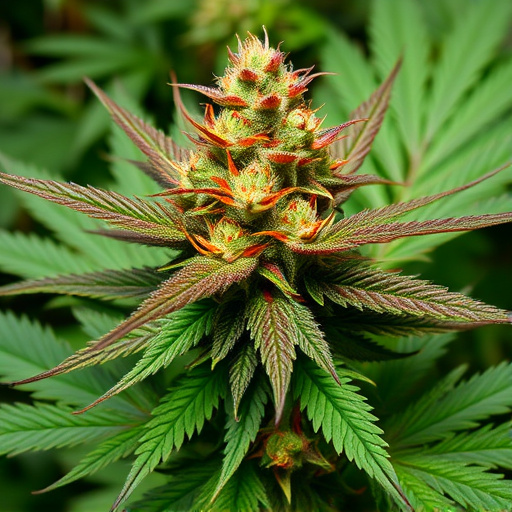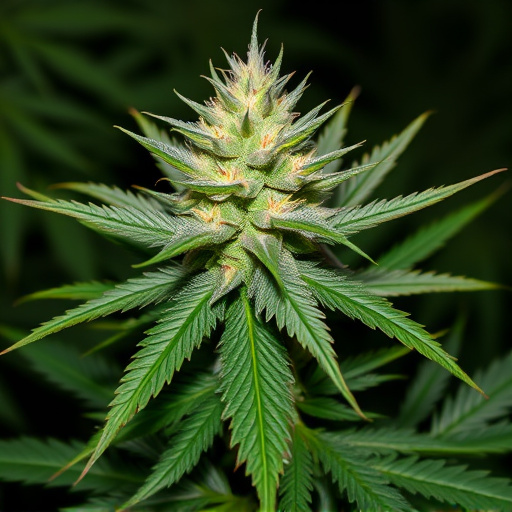The genetic code of cannabis enables the creation of diverse, visually distinct new cannabis strains through mutations and selective breeding. Precise temperature control during cultivation further enhances these variations in leaf shape, floral structures, terpene profiles, and cannabinoid concentrations. By manipulating both genetics and environmental factors like temperature, growers can produce new cannabis strains with unique physical attributes and potential therapeutic benefits, catering to varied consumer preferences.
“Unravel the captivating connection between genetics, temperature, and the visual allure of cannabis in this comprehensive guide. Discover how these factors intertwine to create diverse and unique new cannabis strains. From understanding the genetic code that underpins various varieties to exploring the influence of temperature on growth patterns, we delve into the science behind cannabis appearance. Learn about the art of strain creation by combining genetics with environmental manipulation, offering a glimpse into the endless possibilities for cultivating remarkable new cannabis varieties.”
- The Genetic Code: Unlocking Cannabis Varieties and Their Visuals
- Temperature's Impact: Shaping Growth and Final Aesthetics
- Creating New Strains: Combining Genetics and Environmental Factors for Unique Results
The Genetic Code: Unlocking Cannabis Varieties and Their Visuals
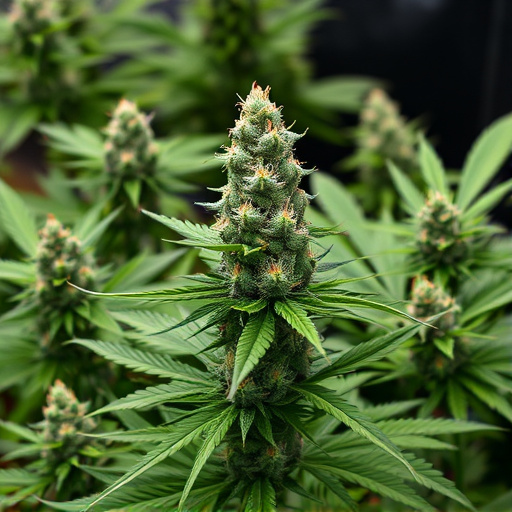
The genetic code of cannabis is a complex and intricate language that holds the secrets behind the vast array of varieties we see today. Each strain, with its unique combination of genes, contributes to its distinct visual characteristics—from leaf shape and color to floral structures and overall plant morphology. By understanding these genetic underpinnings, cultivators can unlock the potential for creating entirely new cannabis strains with tailored appearances and desired traits.
This genetic diversity is a result of natural mutations and selective breeding over generations. As breeders isolate and amplify specific genes, they can develop new cannabis strains with consistent visual cues that cater to various aesthetic preferences. Whether it’s the delicate, fan-like leaves of certain Indica strains or the dense, resinous flowers of Sativa varieties, these visual elements have become integral to the cannabis experience, influencing not only cultivation practices but also consumer choices and market trends.
Temperature's Impact: Shaping Growth and Final Aesthetics
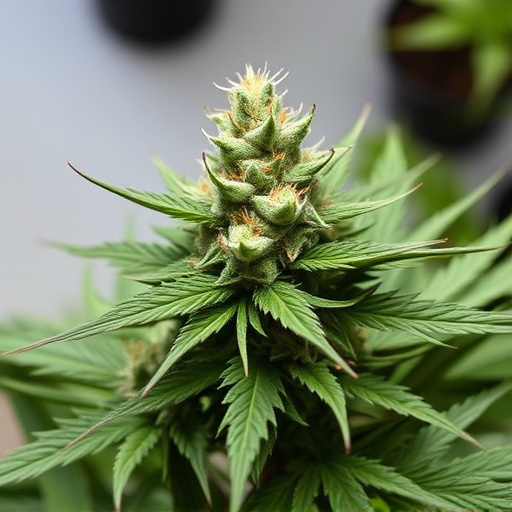
Temperature plays a pivotal role in shaping the growth and final aesthetics of new cannabis strains. It influences key biological processes, from seed germination to flowering, impacting the plant’s overall structure, leaf characteristics, and even terpene profiles. Optimal temperature conditions during vegetative and reproductive stages can enhance desirable traits, such as robust growth, rich terpenes, and potent cannabinoids. Conversely, extreme heat or cold stress can lead to stunted growth, altered morphology, and reduced yields, affecting both the quality and appearance of mature cannabis plants.
For cultivators, understanding temperature’s nuanced effects becomes crucial when developing new cannabis strains. By meticulously controlling environmental conditions, they can craft varieties that showcase desirable physical attributes, from tightly packed buds to vibrant colorations. This precision cultivation not only enhances aesthetic appeal but also contributes to the overall sensory experience of consumers, making each strain truly unique in the market.
Creating New Strains: Combining Genetics and Environmental Factors for Unique Results
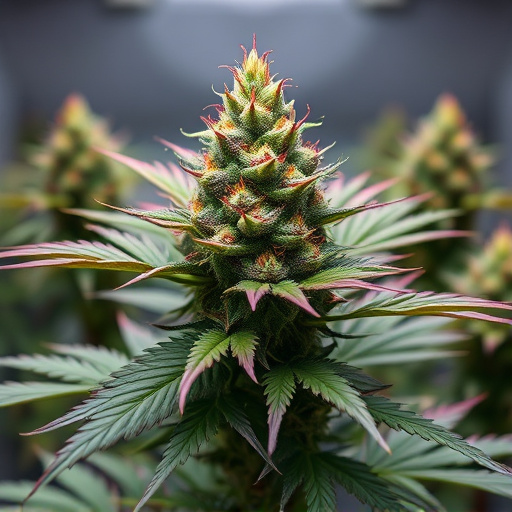
Creating new cannabis strains involves a fascinating interplay between genetics and environmental factors, leading to unique and diverse appearances. By carefully selecting parental lines with distinct genetic profiles, growers can introduce specific traits into their plants. These traits may include different cannabinoid profiles, terpene expressions, or even unique physical characteristics like leaf shape and color.
Once the desired genetic makeup is established, environmental conditions play a crucial role in shaping the final product. Temperature, light cycles, humidity, and soil composition all contribute to the plant’s development. For instance, slight variations in temperature can influence terpene production, while controlled light exposure during specific growth stages can enhance or alter cannabinoid concentrations. Combining these genetic and environmental factors allows for the cultivation of novel cannabis strains with distinct visual appeal and potential therapeutic benefits.
In conclusion, understanding the intricate relationship between genetics, temperature, and their collective influence on cannabis appearance is key to unlocking the potential of new cannabis strains. By delving into these factors, cultivators can create unique visual tapestry, each with its own distinct characteristics. This knowledge not only enhances our ability to breed diverse varieties but also ensures optimal aesthetic results in today’s competitive market for new cannabis strains.
